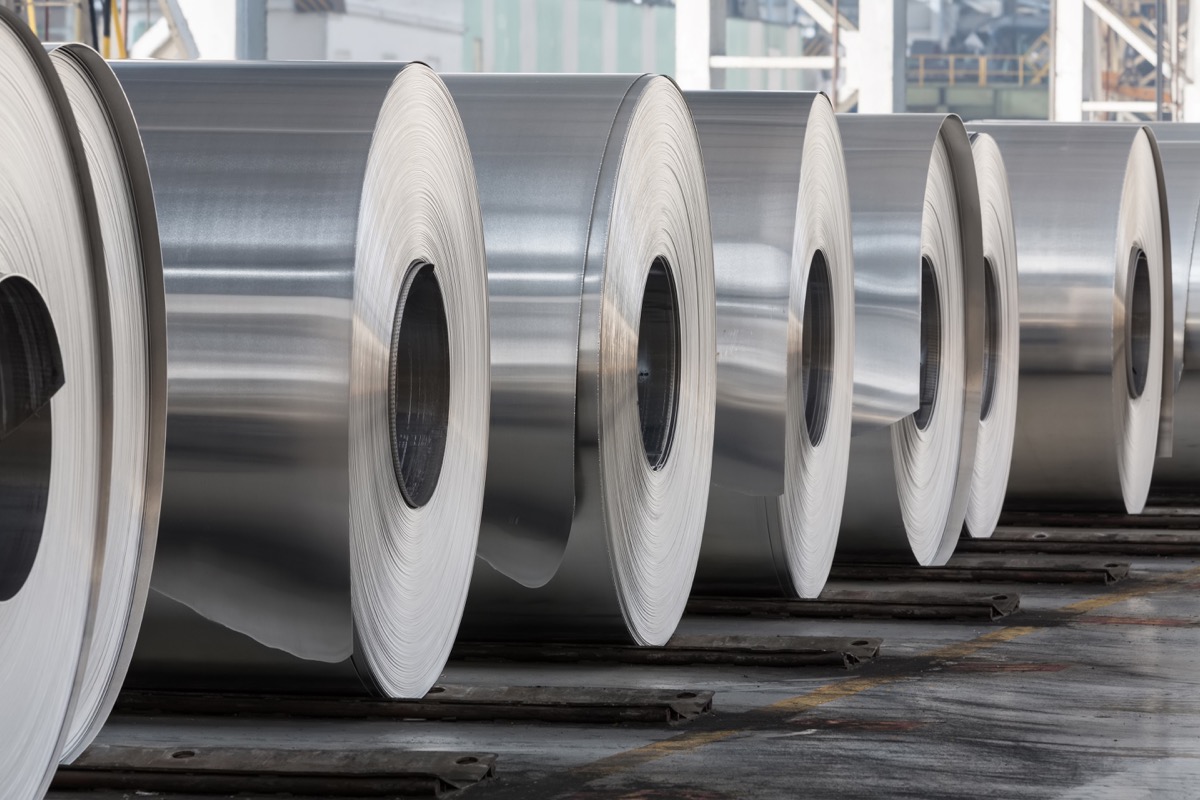Variance For Scrap Portion Of Raw Material
Jul 07, 2015
Last week, I was at home during a weekday getting some much-needed work completed around the house. The home next door has been vacant due to the unfortunate passing of the elderly man who once occupied the house. His children have finally decided to do something with the home and have been cleaning it out, utilizing a dumpster for remnants. They had some older propane tanks which no one wanted, so they were giving them away to be scrapped. I noticed the tanks sitting out by the street and thought I could smell some kind of odor. Sure enough, within a few minutes a police officer drove by and quickly turned around. She asked the people working around the home why the propane tanks were sitting at the street with the valve open. They explained they were being scrapped, but could only be scrapped if the tanks were empty and they were draining them. She quickly informed them this was not permitted. I am not sure what they ended up doing with the tanks as I went about my business, but it was evident that scrapped tanks were of greater value than the propane gas itself.
 Do you work in an industry where scrap is a large part of your everyday process? Scrap values for some items are quite high and can be a big temptation for theft. It also can be a lucrative addition to a business, especially when that material would just be thrown out anyway.
Do you work in an industry where scrap is a large part of your everyday process? Scrap values for some items are quite high and can be a big temptation for theft. It also can be a lucrative addition to a business, especially when that material would just be thrown out anyway.
What safeguards do you have in place against this scrap? Chances are if your scrap is valuable the material itself is valuable, then minimizing scrap is also important.
Are you reporting material usage variance every day, twice a day, every hour? Have you confirmed there is not an issue in the process or the material causing significant waste, which equals dollars lost? Do you weigh the scrap and have checks to make sure none is skimmed off the top after production? Do you report a variance specifically for scrap?
If you have a significant amount of scrap, then having setting standards is not unrealistic nor unreasonable. Scrap could be a large part of your material usage, cost, and potential profits. Therefore, it should be maintained and reconciled. An excellent way to account for such is to implement a standard for the scrap which you can compare to the actual scrap. Any significant variances in either direction would need to be accounted. Any large excess could be issues with production. Any large decrease could be a sign of theft.
What do you do to account for scrap?
Categories: Cost Accounting
